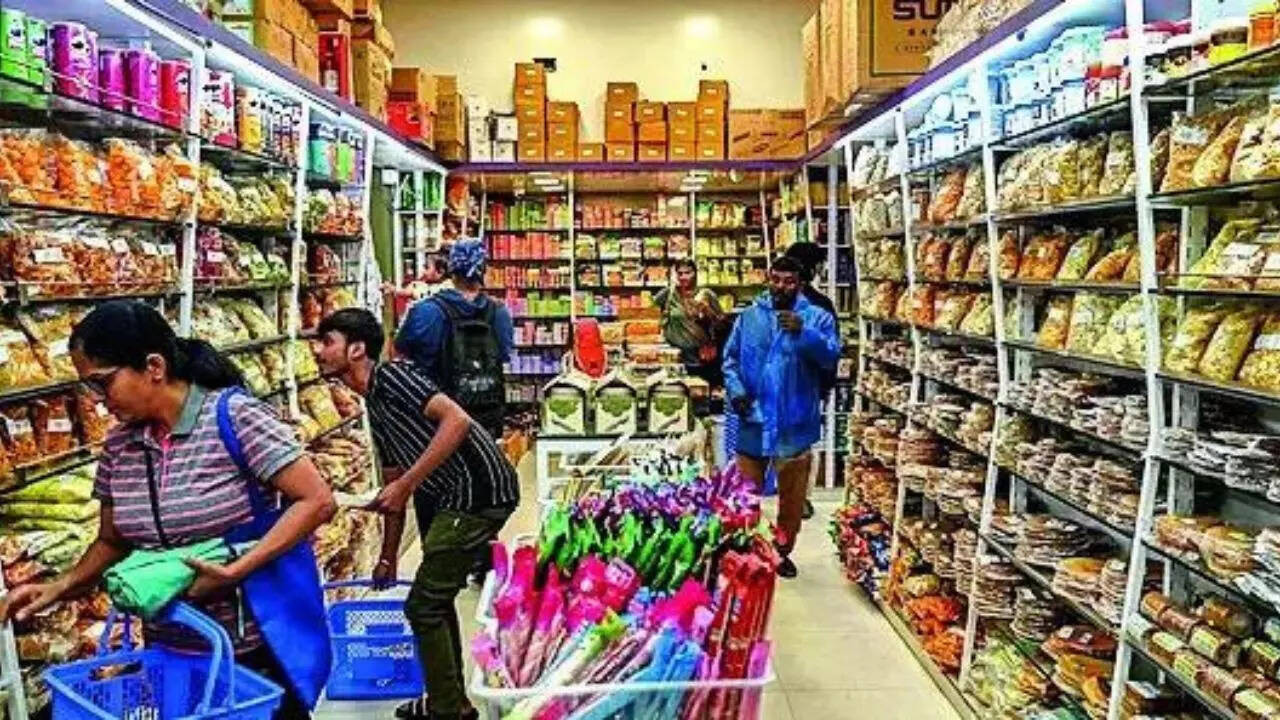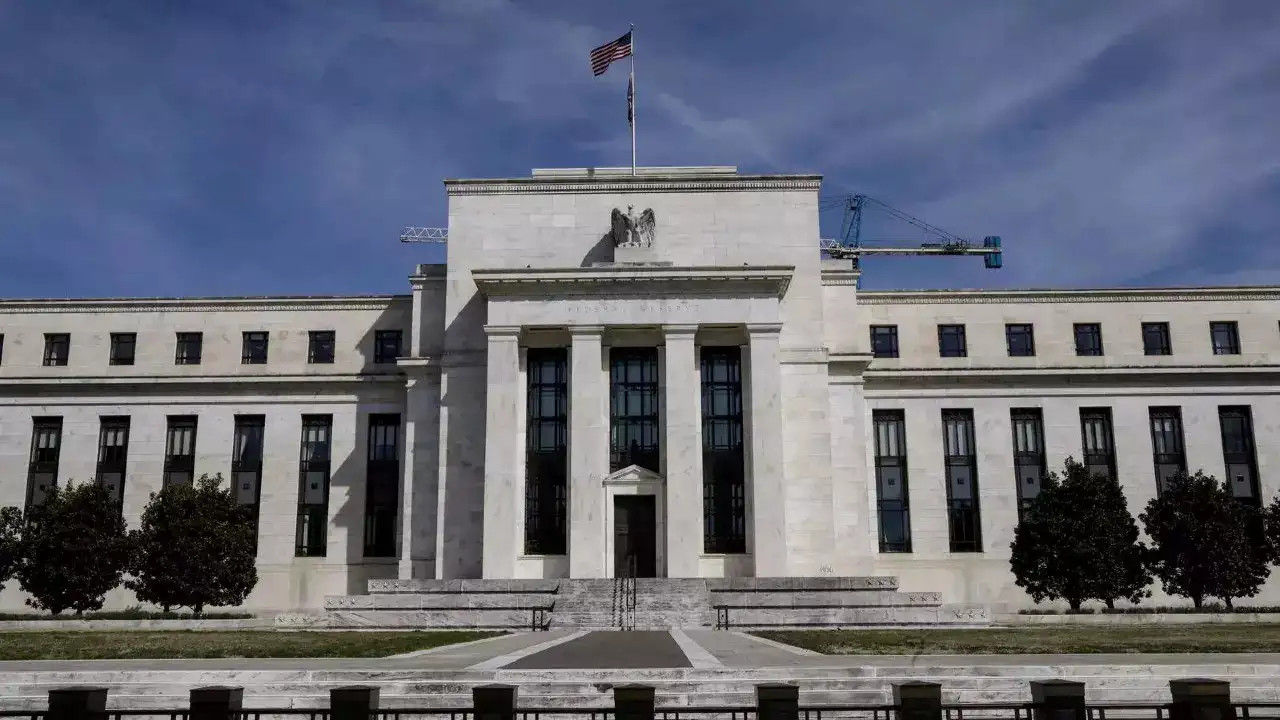Sticker Shock? Not Anymore: Revised MRPs Offer a Little Breathing Room
Ever walked into a store, grabbed your favorite snack, and then paused, squinting at the price tag? We’ve all been there. Sometimes, inflation hits us where it hurts: right in the grocery bill. But what happens to all those products already sitting on shelves when prices change? They can’t just magically update themselves, right?
Well, the Indian government has just thrown a lifeline to businesses, allowing them to revise the Maximum Retail Price (MRP) on existing, unsold packaged goods. Think of it as a little sticker surgery – giving companies the green light to reflect current market realities without pulling perfectly good products off the shelves.
What’s the Deal with Revised MRPs, Anyway?
For those not fluent in business jargon, MRP is that top price you see printed on packaged goodies. It’s the ceiling, the absolute maximum a retailer can charge you. But what happens when the costs of making and shipping those goodies go up? Manufacturers are squeezed. They either absorb the hit (unlikely, in the long run), raise prices (and risk losing customers), or find another way.
This new government allowance provides that “other way.” It permits companies to slap a new sticker on older stock, reflecting the revised, higher MRP. This ensures businesses aren’t forced to sell products at a loss due to unforeseen cost increases. And it prevents wastage of perfectly good products.
Why This Matters
This isn’t just about manufacturers padding their pockets. It’s about a more stable supply chain. Imagine the alternative: companies having to pull all their old stock, repackage it, and redistribute it. The cost and logistical nightmare would be immense, potentially leading to shortages and even higher prices for consumers.
Think of your favorite biscuits. Without this allowance, the company making them might be reluctant to ship out new batches, knowing they’d have to absorb the rising ingredient costs on the old stock. This could create a temporary shortage, leaving you craving that dunkable goodness.

The Fine Print
There are, of course, rules. Companies can’t just arbitrarily jack up prices. They need to advertise these price revisions prominently. This could be through newspapers, online announcements, or even in-store notices. This keeps consumers informed and prevents any shady business practices.
Plus, and this is key, manufacturers have to ensure that the stickers are applied on top of the old MRP, not obscuring other crucial information like the manufacturing date or expiry date. You need to know you’re buying a product that’s safe to consume!
A Temporary Fix or a New Normal?
The government hasn’t specified how long this allowance will last. Is it a temporary measure to ease the burden during a period of high inflation, or will it become a more permanent feature of the retail landscape? Only time will tell. It could depend on the feedback received from both businesses and consumers, as well as the overall economic climate. The goal is to ensure transparency for both producers and consumers.
This decision also sparks interesting conversations about pricing strategies in a volatile market. How can businesses balance the need to maintain profitability with the desire to offer affordable products? It’s a tightrope walk, and this allowance might just be the balancing pole they need to stay upright.
This revised MRP allowance shows a dynamic regulatory environment attempting to balance the needs of businesses and consumers in times of economic fluctuation. It is intended to facilitate smooth business operations without compromising the consumer’s right to information and fair pricing. A related topic that might be of interest is the government’s policies on direct selling.
In conclusion, this revised MRP directive offers a practical solution to an immediate problem, preventing product wastage and supply chain disruptions. It offers manufacturers the flexibility to adapt to changing economic conditions while keeping consumer transparency front and center.







